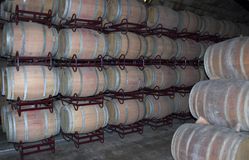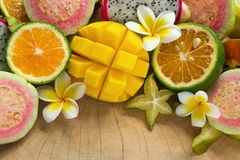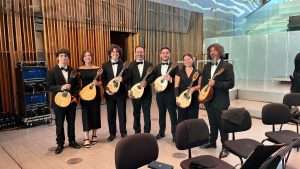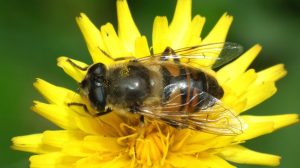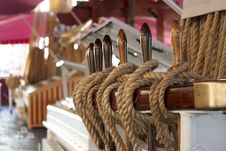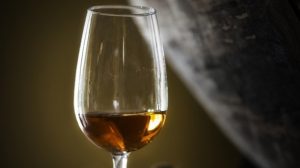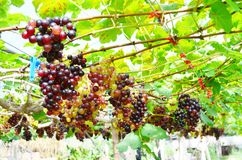The University of Madeira (UMa) yesterday presented a project for the candidacy of Madeira wine to Intangible Cultural Heritage of Humanity, focusing on the cultural and social practices associated with its production and commercialisation since the eighteenth century.
“This is what we intend to inscribe on the representative list of Intangible Cultural Heritage of UNESCO [United Nations Educational, Scientific and Cultural Organisation],” said António Marques da Silva, coordinator of the project, which was presented in the auditorium of the Rectory of the University of Madeira, in Funchal.
The first stage of the application is its registration in the National Inventory of Intangible Heritage, and a preliminary evaluation is already underway to determine if it has “conditions to be delivered officially”.
“There are several criteria for inscription on the list and, in this case, it is related to three components of the cultural heritage linked to Madeira wine,” explained António Marques da Silva, also a visiting proffessor at the School of Technologies and Management of UMa and a researcher at the university’s Tourism Centre.
The project highlights “knowing how to do,” “knowing how to tell” and “knowing how to appreciate.”
António Marques da Silva explains that Madeira wine has a very specific “know-how” and is different from other wines, involving “a lot of manual work and a lot of artisanal know-how.”
“These components are highly valued in the framework of this type of applications,” he said, stressing that, with regard to “knowing how to tell,” producers had to create stories to explain to people in a simple way how Madeira wine is made, since its production is “extremely complex.”
The third component – “knowing how to appreciate” – is the one that signals the internationalisation of the product.
“This is what makes Madeira wine a very ‘sui generis’ heritage. It has a meaning for the Madeirans, it has a meaning for the diaspora, but at the same time it has a meaning for people from more than 60 countries in the world,” says António Marques da Silva, stressing that Madeira wine “is integrated into the culinary and oenological cultures of countries on all continents and in each of these countries it acquires its own meanings.”
Madeira wine, one of the most iconic products of the autonomous region, is a liqueur wine with a high alcohol content and its production, in its current form, dates back to the end of the eighteenth century.
“What there was before was malvasia, but a malvasia that has nothing to do with the current one. It was a very sweet wine.”
The candidacy of Madeira wine to Intangible Heritage of Humanity is an initiative of the University of Madeira, but involves several public and private entities, such as the Regional Government, the municipalities and the Commercial and Industrial Association of Funchal – Chamber of Commerce and Industry of Madeira, which includes the eight producing companies in the region.
Samantha Gannon
info at madeira-weekly.com
Views: 0

